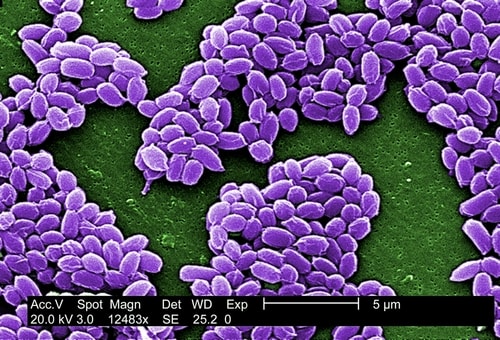
Anthrax is caused by the Bacillus anthracis bacteria. The spores can remain dormant in the ground for decades before activating. Conditions including heavy rain, flooding and drought can increase the chances of the spores becoming active. The animals become exposed through grazing and drinking water contaminated with the bacteria.
“With the precipitation we have had, conditions are right for the disease to occur,” Dr. Keller said.
A few cases are reported in North Dakota almost every year, however 2005 saw more than 500 animal deaths attributed to anthrax, including cattle, bison, horses, sheep, llamas, farmed deer and elk.
Vaccines are readily available, but it could take about a week before immunity is achieved. They must also be given annually.
Symptoms of anthrax can include:
- Sudden staggering
- Difficulty breathing
- Trembling
- Collapse
- Colic may appear in horses
- Illness may last up to 5 days, followed by a period where the animal may charge at anyone
- Depression in cattle and sheep
The North Dakota Department of Agriculture made an anthrax fact sheet available.